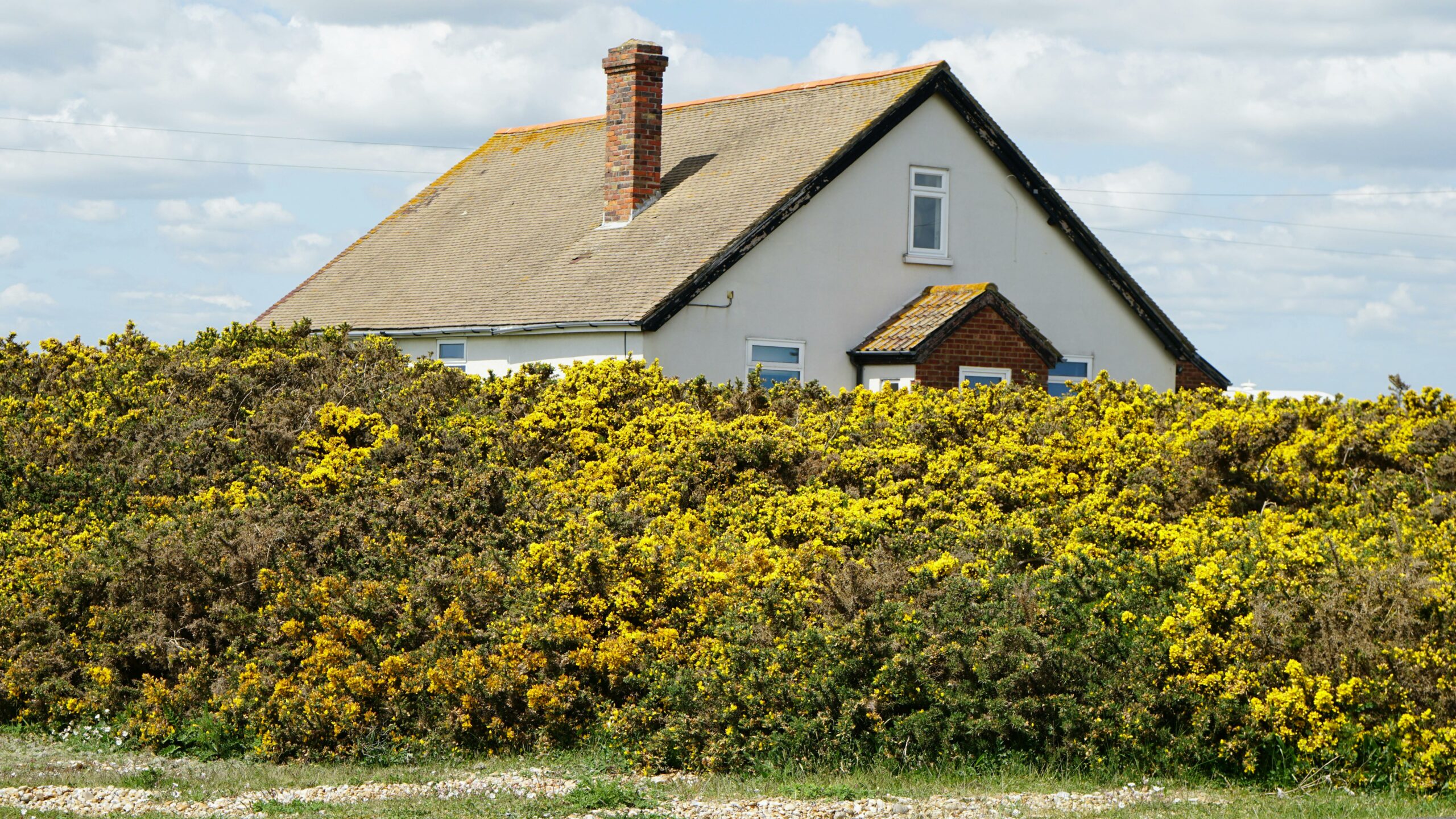Is your once-reliable fireplace struggling to keep you warm? Or are you noticing smoke puffing back into the room instead of venting outside? These could be signs of a failing chimney liner. This layer protects your home from fire and promotes smooth operation, but it can wear down over time. Don’t let a faulty liner make your cozy fireplace a safety hazard!
Signs Your Chimney Needs Relining
Chimney relining replaces the existing liner inside your chimney. The liner is an important component that protects the chimney walls from heat and corrosion. Over time, it can deteriorate, leading to various issues. Here are a few signs to watch out for:
Cracks and Damage
One of the most apparent signs is visible cracks or damage. Cracks can allow dangerous gases, like carbon monoxide, to seep into your home. They can also let moisture in, further damaging the chimney structure. If you notice cracks or any form of damage, it’s time to consider relining. Cracked liner tiles make the chimney unsafe for use.
Deteriorating Mortar Joints
The mortar joints in your chimney can deteriorate over time due to weather conditions and the natural aging process. Damaged mortar joints can lead to gaps and spaces in the chimney structure, compromising its integrity. Regular inspections can help you spot deteriorating mortar joints early and address the issue.
Efflorescence
Efflorescence is the white, powdery substance that appears on the chimney’s exterior. This substance is a sign of moisture in the chimney. If you notice efflorescence, it indicates that water is penetrating the chimney, which can damage the liner and the chimney structure. Relining can help prevent further moisture intrusion and protect your chimney.
Spalling Bricks
Spalling occurs when the bricks of your chimney start to flake and break off. This happens due to moisture entering the bricks and freezing during cold weather, causing the bricks to expand and contract. Spalling clearly indicates that your chimney needs attention, and relining can help protect the bricks from further damage.
The Importance of Timely Relining
Proactive relining helps maintain safety and optimize your fireplace’s performance. Here are the benefits of a timely intervention:
Preventing Chimney Fires
A damaged liner can allow heat to transfer to the combustible materials in your home, increasing the risk of a chimney fire. Relining your chimney makes the liner intact and capable of containing the heat, reducing the fire risk.
Improving Efficiency
A sound liner provides proper airflow, leading to better drafts and improved heating performance from your fireplace or wood stove.
Protecting Your Home
A well-maintainedchimney linerprotects your home from harmful gases like carbon monoxide. A damaged liner can allow these gases to seep into your living spaces, posing serious health risks. Relining your chimney allows these gases to vent outside, protecting your home and family.
When to Schedule an Inspection
Regular inspections are important formaintaining your chimney. It’s recommended to have your chimney inspected at least once a year, preferably before the start of the heating season. During the inspection, a professional chimney sweep can assess the condition of your liner and determine if relining is necessary.
Does your fireplace seem smoky or inefficient? Don’t wait for a potential fire hazard! Breathe easy with a professional chimney inspection and relining from our sweeps atChimney Clean Company, Inc.Our certified technicians ensure your fireplace burns safely and efficiently, keeping your home warm and cozy all winter.Contact ustoday to learn more!

